A wave of wellness-driven design forecasts shows that a statement bathtub is quickly overtaking the vanity as the visual anchor of a modern bath. Deep-soaking, sculptural freestanding models dominate 2025 trend lists for their ability to create an instant spa mood while freeing floor space around them. They’re typically placed in the centre of the room, highlighted by matte or fluted finishes that read like contemporary art. Designers recommend balancing the tub’s bold form with slender floor-mount taps and a low-profile stool for towels. Adding a dimmable pendant directly above the vessel draws the eye without cluttering sight-lines, helping the freestanding bathtub feel intentional rather than floating aimlessly.
1. Sculptural Freestanding Bathtub Centerpiece
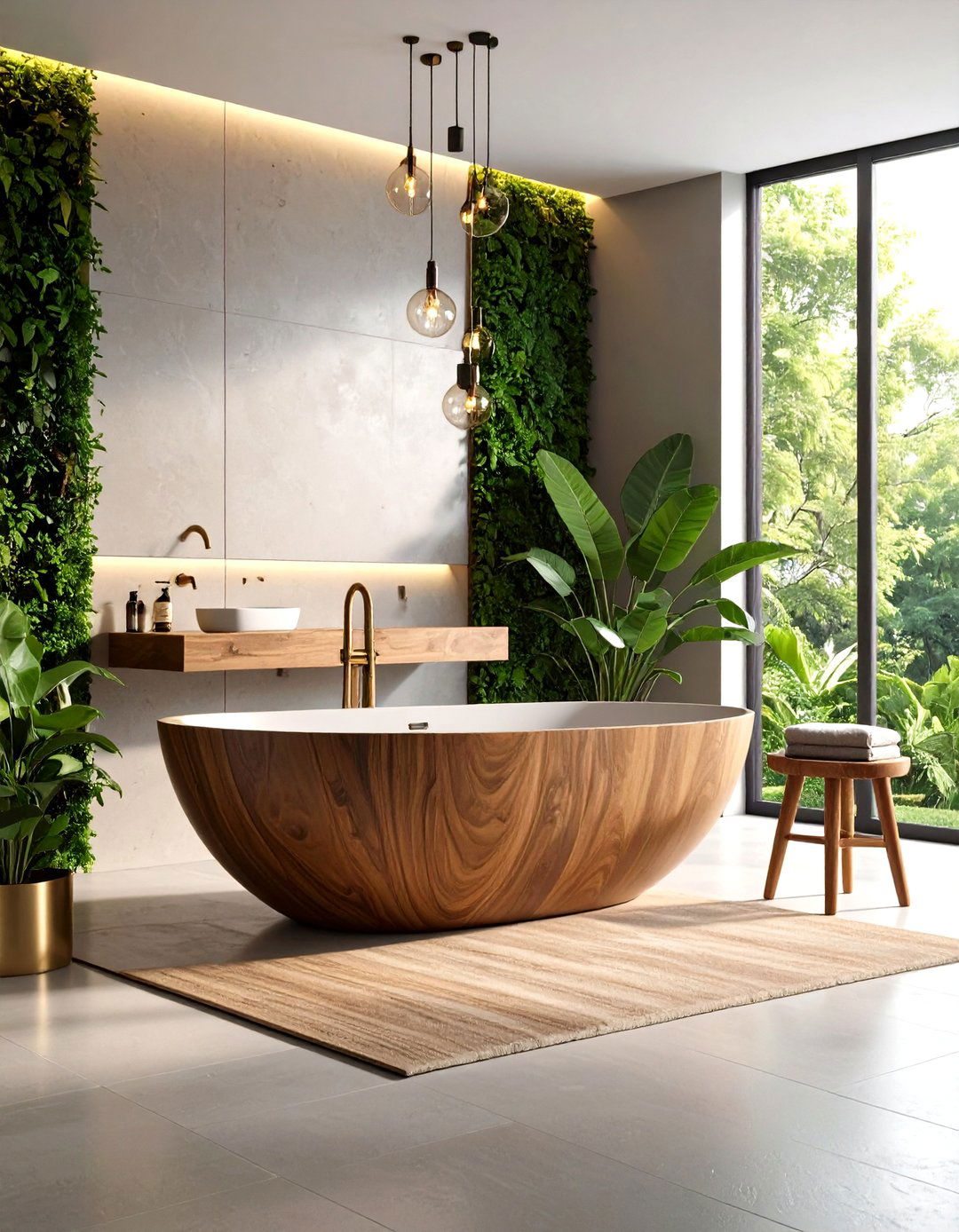
A sculptural freestanding bathtub transforms even the smallest bath into a gallery-like retreat. Begin by choosing an oval or asymmetrical resin shell; its fluid silhouette instantly breaks the boxiness that standard alcove tubs impose. Position the tub where it commands a view—perhaps under a window or beside a textured feature wall—so natural light accentuates its curves. Deep models encourage full-body immersion that lowers stress hormones, making daily bathing feel like a mini vacation. Allow at least 300 mm of clear floor on all sides for easy cleaning and give the tub breathing room from other fixtures. Finally, ground the scene with a narrow teak stool and sculptural tapware so the freestanding bathtub shines without feeling lonely.
2. Compact Japanese Soaking Bathtub for Small Spaces
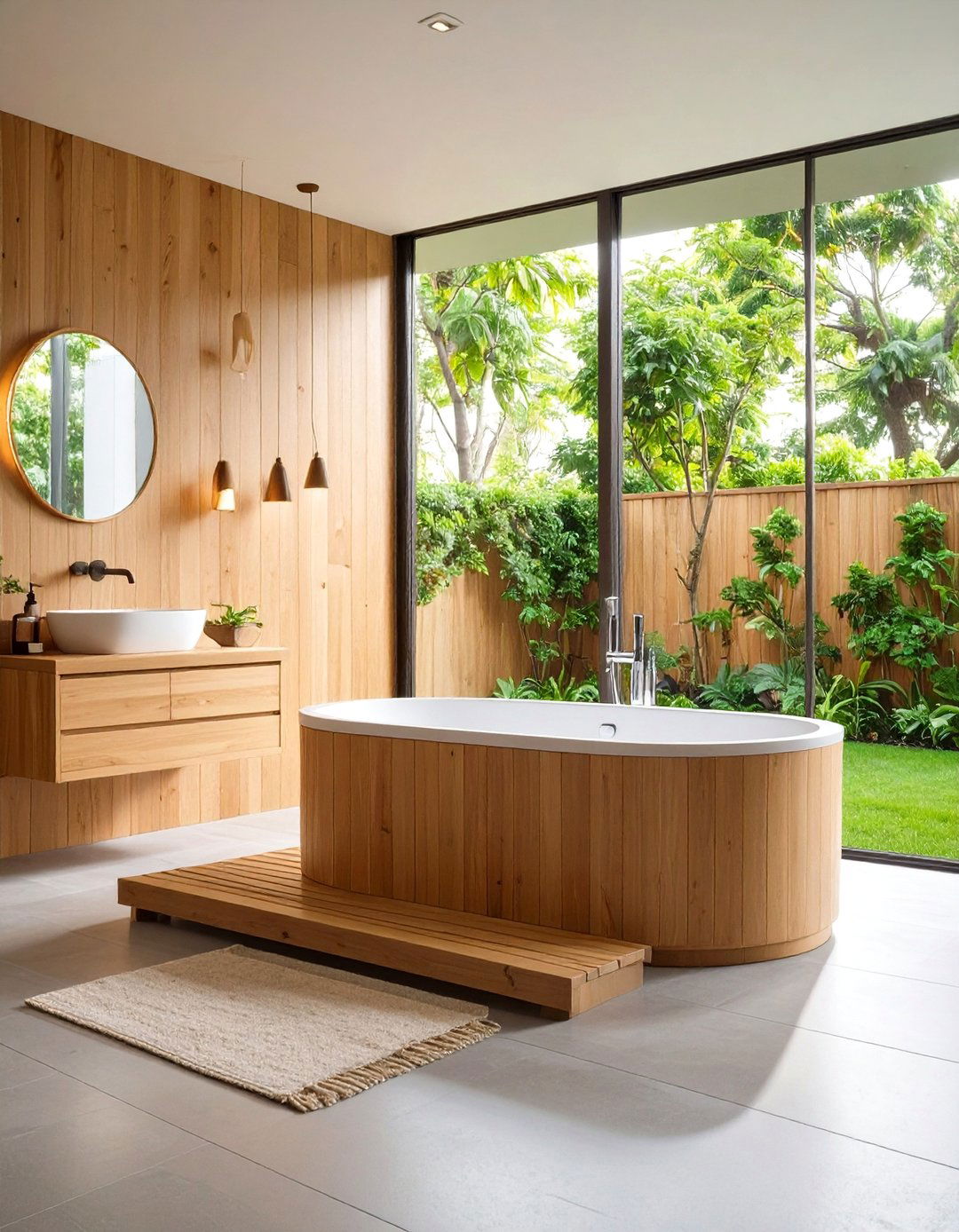
What if you could enjoy shoulder-deep soaks without surrendering precious square footage? A compact Japanese soaking bathtub—often under 1 m in length but over 600 mm deep—delivers just that. These barrel-like tubs seat bathers upright on an integrated bench, promoting calm, meditative posture while using far less water than a Western tub of comparable capacity. Their petite footprint fits neatly into corners or beside a shower, freeing floors for storage or a wider vanity. For extra zen, clad the exterior in cedar or stone to release subtle aromas when warm. Add a quick-fill valve and thermostatic mixer so the water stays consistently hot during long soaks in your Japanese soaking bathtub.
3. Matte-Black Statement Bathtub
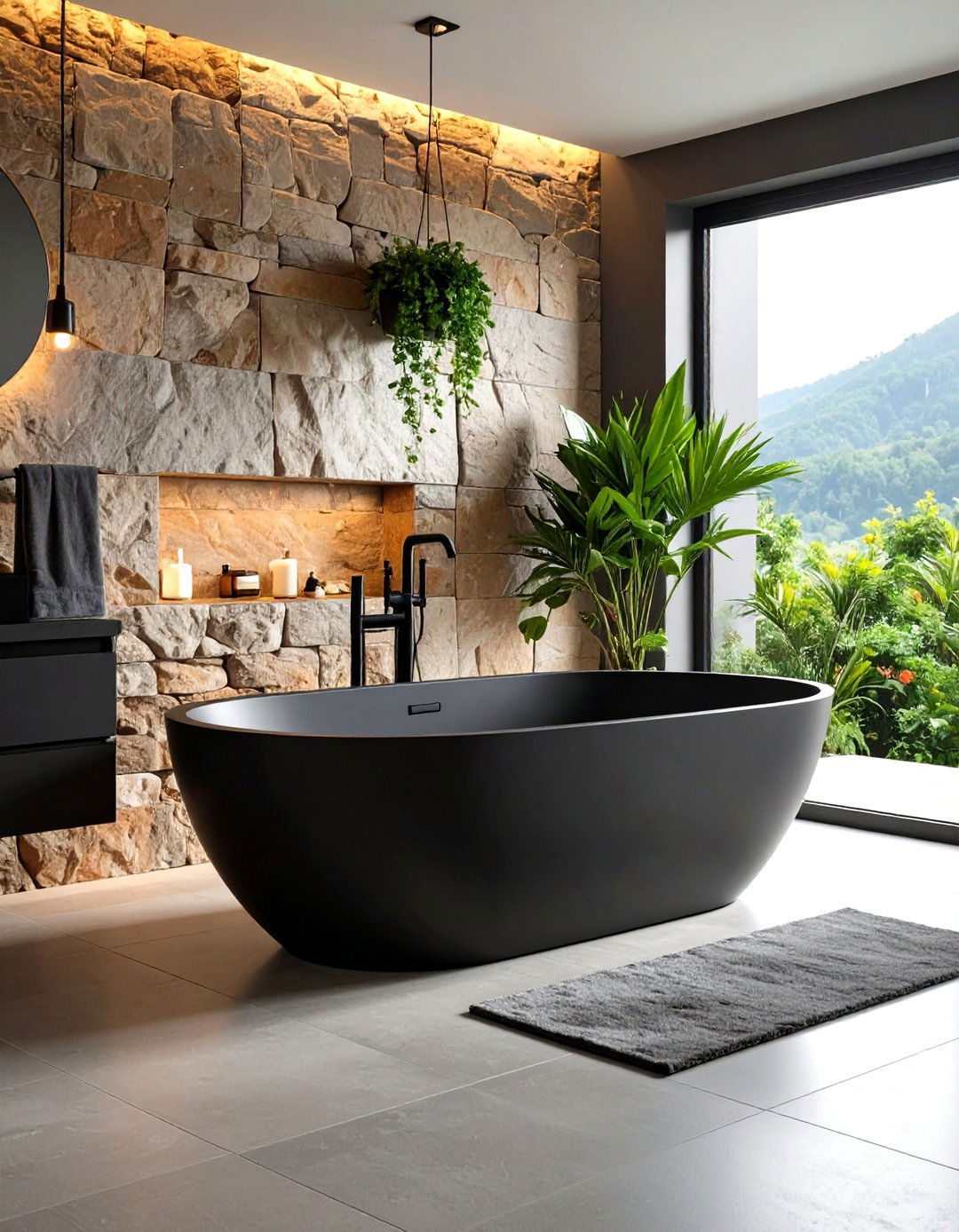
Surprisingly bold yet low-maintenance, a matte-black bathtub injects instant drama into neutral baths. Satin coatings diffuse reflections, hiding fingerprints and water spots that plague glossy finishes. The dark tone pairs beautifully with warm veined stone or pale micro-cement walls, creating a high-contrast palette that feels both contemporary and grounded. To keep the look balanced, mirror the black with slim accessories—think towel hooks, linear drains or a charcoal window frame—while leaving larger surfaces light and earthy. Plant life softens the monochrome edge, and soft lighting keeps the bathtub from reading as a black void at night. If you fear the colour will date quickly, opt for a solid-surface shell that can be refinished down the road.
4. Space-Saving Corner Bathtub
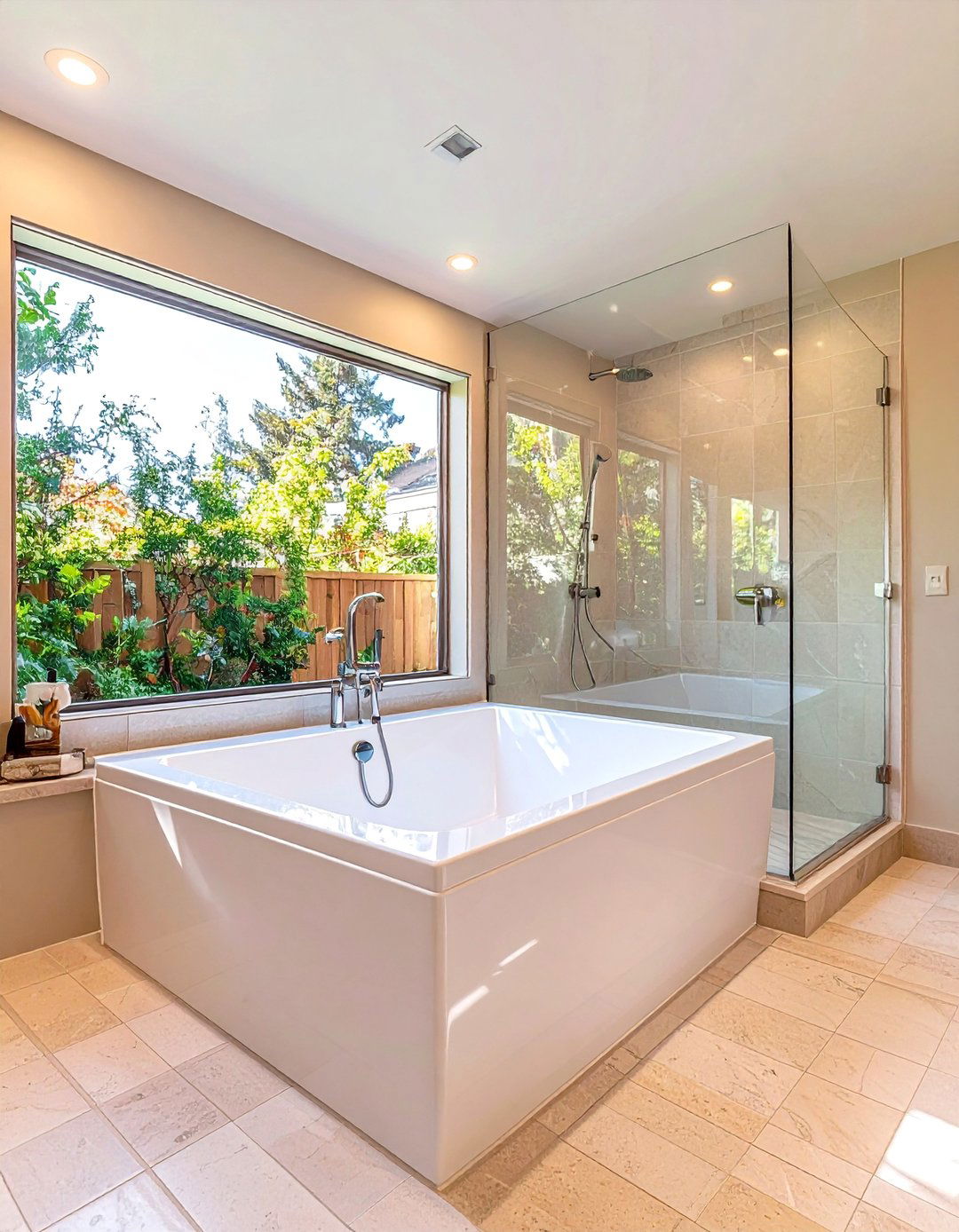
When every centimetre counts, a triangular or pentagonal corner bathtub tucks neatly into unused real estate, opening valuable walkway width for traffic flow. Big-box catalogues list more than 170 models in soaking, whirlpool and air-jet formats, many designed for two bathers without monopolising the whole room. Installing the tap wall on the long diagonal keeps plumbing accessible and gives you a generous back-rest angle. Because three sides meet walls, you gain ledges for candles or toiletries without adding extra shelves. Finish the surrounding apron in the same tile as the floor so the bathtub feels built-in rather than “wedged,” and pair it with a frameless shower screen above for a convertible bath-shower solution.
5. Alfresco Garden Bathtub Retreat
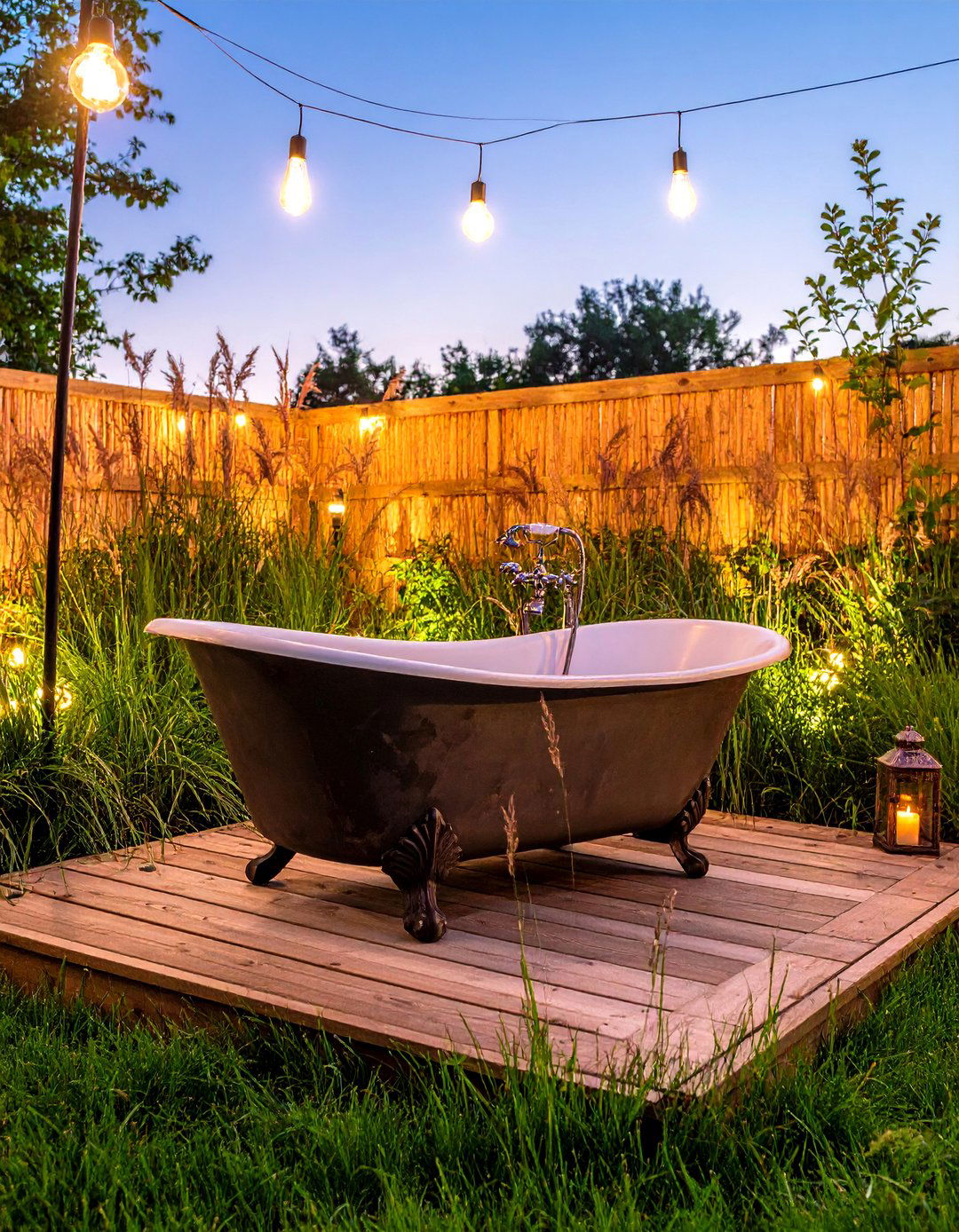
Few luxuries rival slipping into a steaming bathtub while birdsong and fresh air swirl around you. Outdoor tubs—often salvaged iron or lightweight acrylic—can be nestled among foliage or perched on a deck with panoramic views. Curated image boards showcase hundreds of layouts, from claw-foot tubs under pergolas to modern resin vessels ringed by ornamental grasses. Key to comfort is privacy and plumbing: use tall planters, bamboo screens or a low stone wall to shield sightlines, and run insulated supply lines to prevent winter freeze. Solar or on-demand heaters minimise energy waste. Layer lanterns, a teak caddy and weather-resistant textiles so your garden bathtub feels like a boutique eco-retreat after sundown.
6. Low-Threshold Walk-In Safety Bathtub

For anyone with mobility challenges, a walk-in bathtub replaces precarious stepping with a swing door and moulded seat. Safety extras such as slip-resistant floors, grab bars and quick-drain levers sharply cut fall risk while preserving the ritual pleasure of soaking. Many models now hide pumps and plumbing inside the skirt, allowing cleaner lines than earlier hospital-style tubs. Hydrotherapy jets, heated backrests and chromotherapy lights can be added to support circulation and arthritis relief. Ensure floor framing is strong enough for the tub’s weight when full, and position controls within seated reach. A walk-in bathtub preserves independence without surrendering style or comfort.
7. Smart Bathtub with App-Driven Comfort
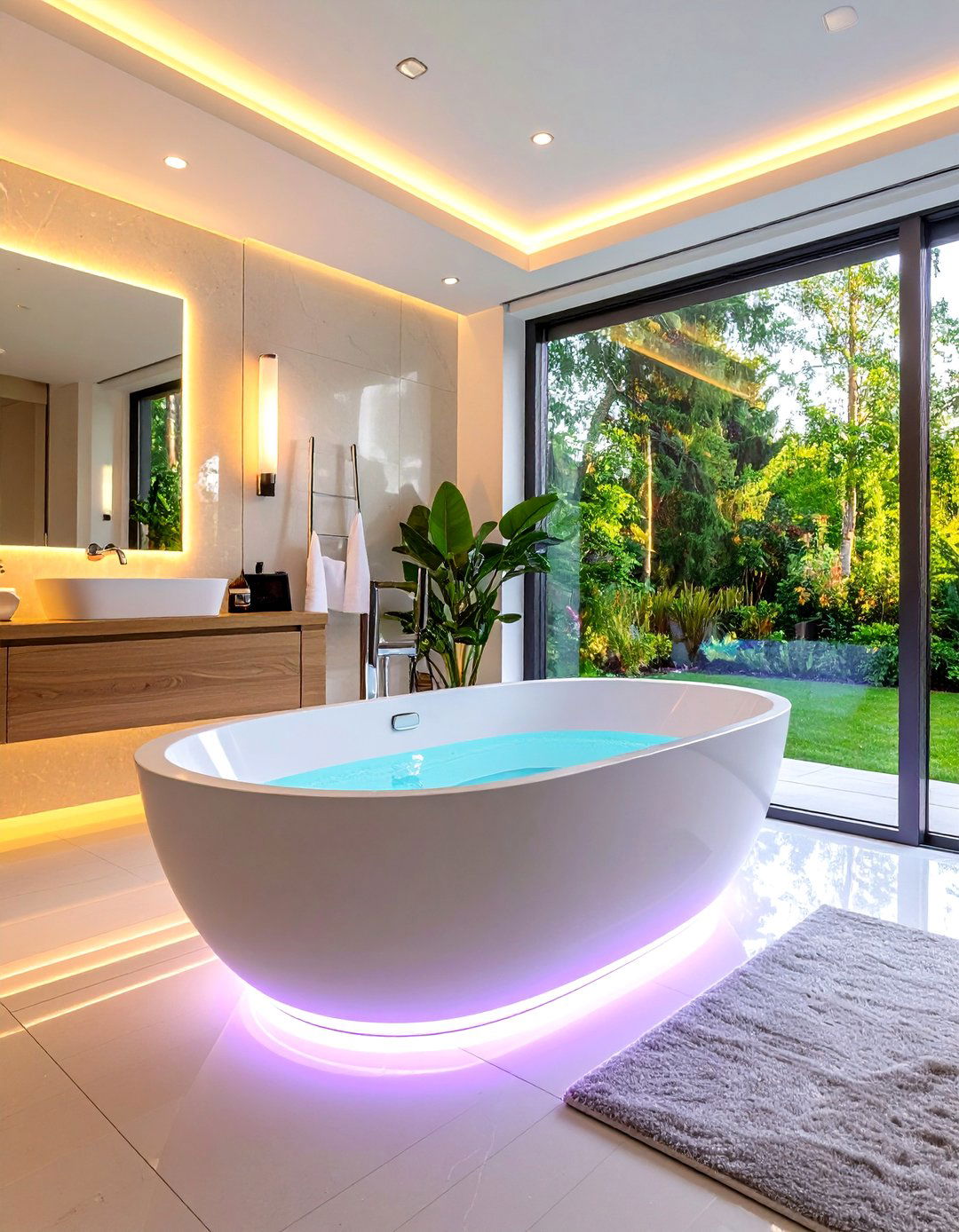
Imagine telling your phone to “draw the bath” and arriving to the perfect water level, temperature and mood lighting. Smart bathtub systems already offer app or voice control, self-cleaning UV filters, built-in Bluetooth speakers and even aroma diffusers. These features learn user preferences, shortening fill times and conserving water by stopping exactly where you like. For renters, retrofit overflow sensors and colour-therapy LED plugs deliver a taste of luxury without major plumbing. Always install a GFCI outlet and consult an electrician when wiring smart modules near water. Pair your smart bathtub with dimmable sconces and a waterproof tablet rest for an immersive, tech-forward soak that feels effortless.
8. Eco-Friendly Stone-Resin Bathtub
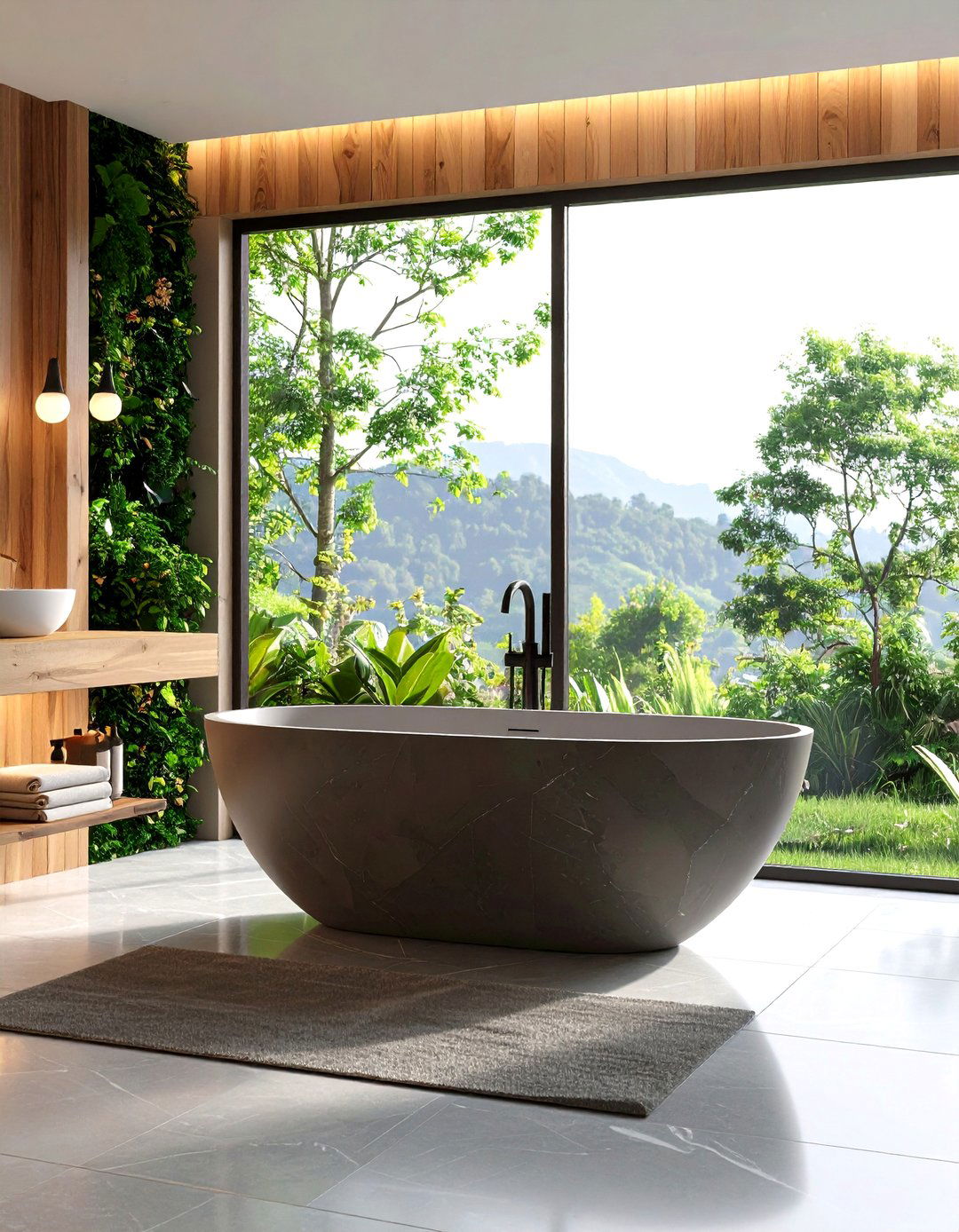
Sustainability meets durability in a stone-resin bathtub, cast from ground minerals and recyclable resin. The solid walls retain heat longer than acrylic yet weigh far less than carved stone, easing installation on upper floors. Design analysts rank stone resin as 2025’s leading bathtub material for its eco-cred, resilience to cracks and silky matte touch. Because pigment runs through the entire shell, small scratches buff out rather than exposing white layers beneath. Choose FSC-certified timber trim or recycled-glass tiles around the tub to extend the green ethos. Regular cleansing with mild soap keeps the bathtub pristine without harsh chemicals, aligning relaxation with responsible living.
9. Warm-Toned Copper Bathtub Revival
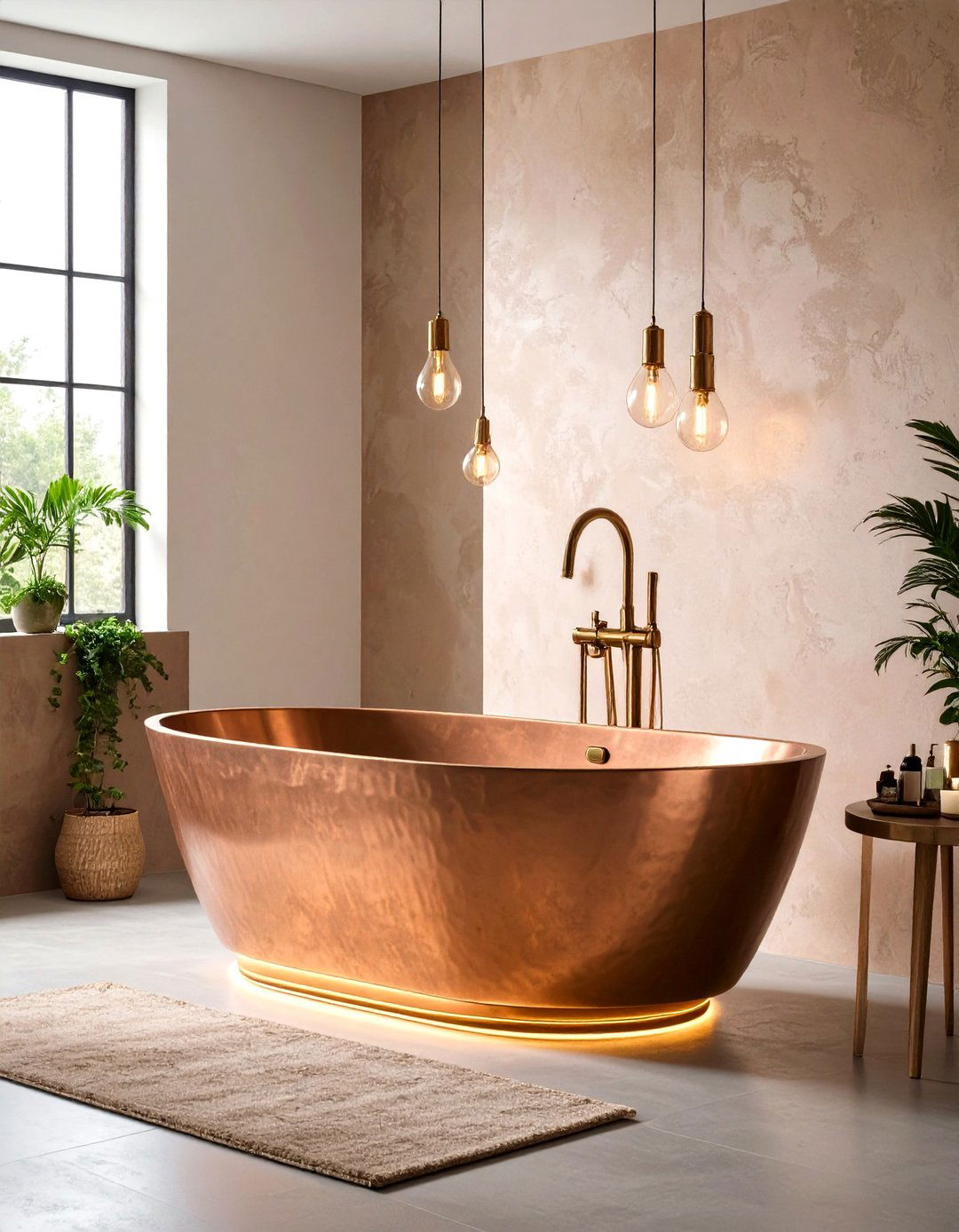
A hammered-copper bathtub radiates warmth and subtle metallic glow that patinas gracefully over decades. Unlike plated finishes, solid copper naturally resists bacteria and seldom requires abrasive cleaners—just gentle soap and a soft cloth. To showcase the metal’s depth, place LED strip lighting along the floor plinth so ripples shimmer after dark. Remember copper’s conductive nature: fill with slightly hotter water than usual, as the shell equalises temperature quickly before locking in heat. Weighing more than acrylic, this bathtub may need joist reinforcement, so verify structural load. Pair with aged-brass taps and clay-based plaster walls for a rustic-luxe atmosphere that feels both artisanal and enduring.
10. Terrazzo-Pattern Bathtub for Playful Texture

If you crave colour without busy wallpaper, a terrazzo-cast bathtub sprinkles marble or recycled-glass chips through its surface, creating confetti-like flecks that feel joyous yet sophisticated. Tile forecasts tip bold, oversized terrazzo aggregates as a top 2025 motif, adding personality in one sculptural hit rather than through multiple accent pieces. Stick to muted walls so the speckled bathtub stands centre stage, or echo one chip hue in matte tapware for cohesion. Because pigments run deep, the pattern withstands refinishing or buffing. Seal annually to protect against bath oils, and clean with pH-neutral soap to preserve the terrazzo bathtub’s lively charm.
11. Deep Oval Soaker Bathtub for Energy Savings
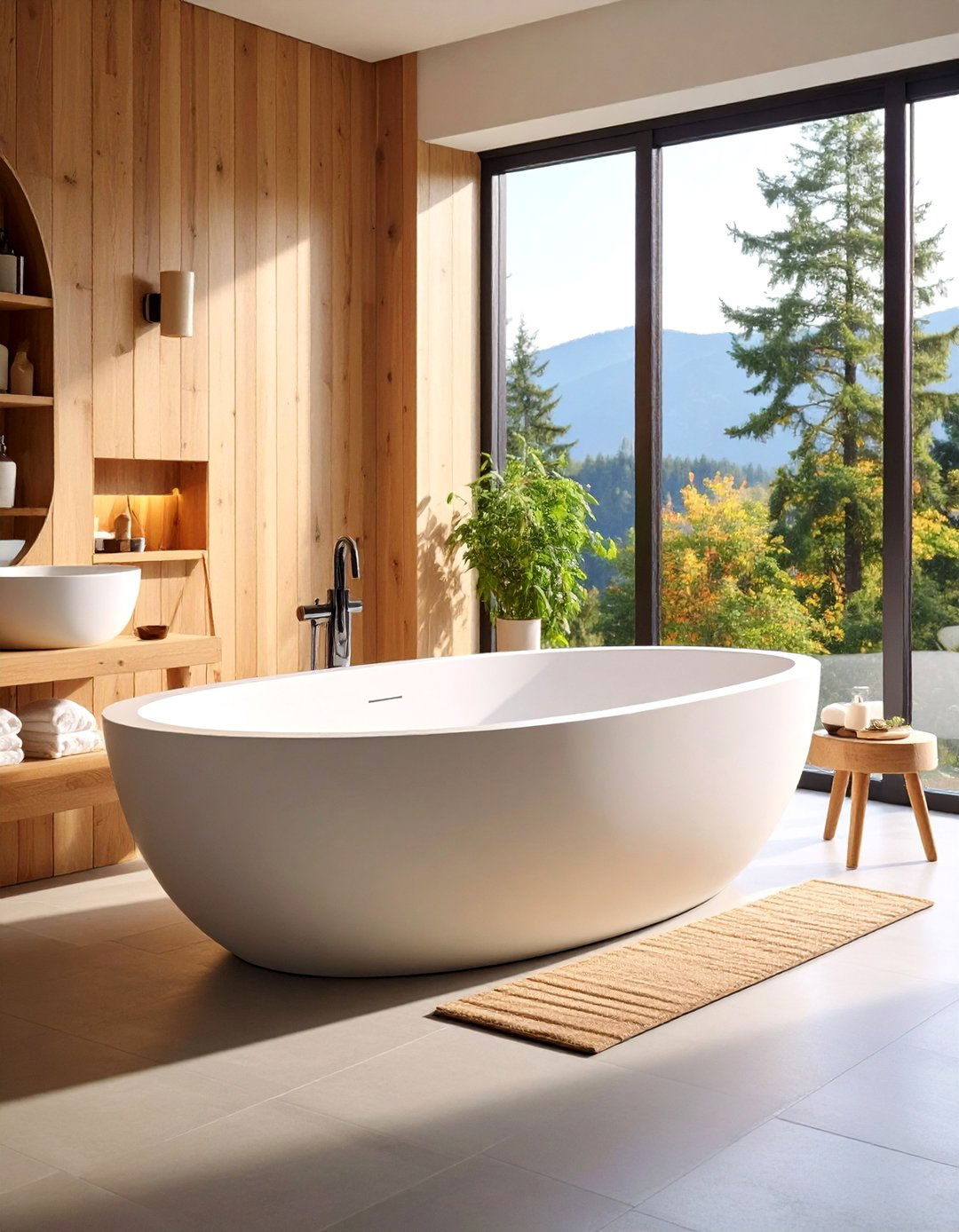
An oval soaking bathtub with steep walls offers shoulder-high immersion while using as much as 20 percent less water than long, shallow models. The reduced surface area cuts heat loss, meaning shorter top-ups and lower energy bills. The ergonomic recline, often moulded into a one-piece shell, cradles the spine and neck, turning a quick bath into hydrotherapy. Opt for integral armrests or a removable cedar seat for comfort. Because soaker tubs are shorter, they free wall space for a towel warmer or storage niche. Choose air-bubble jets instead of whirlpool pumps if you want a gentler massage that suits the serene ethos of an oval soaking bathtub.
12. Wet-Room Bathtub & Shower Combo
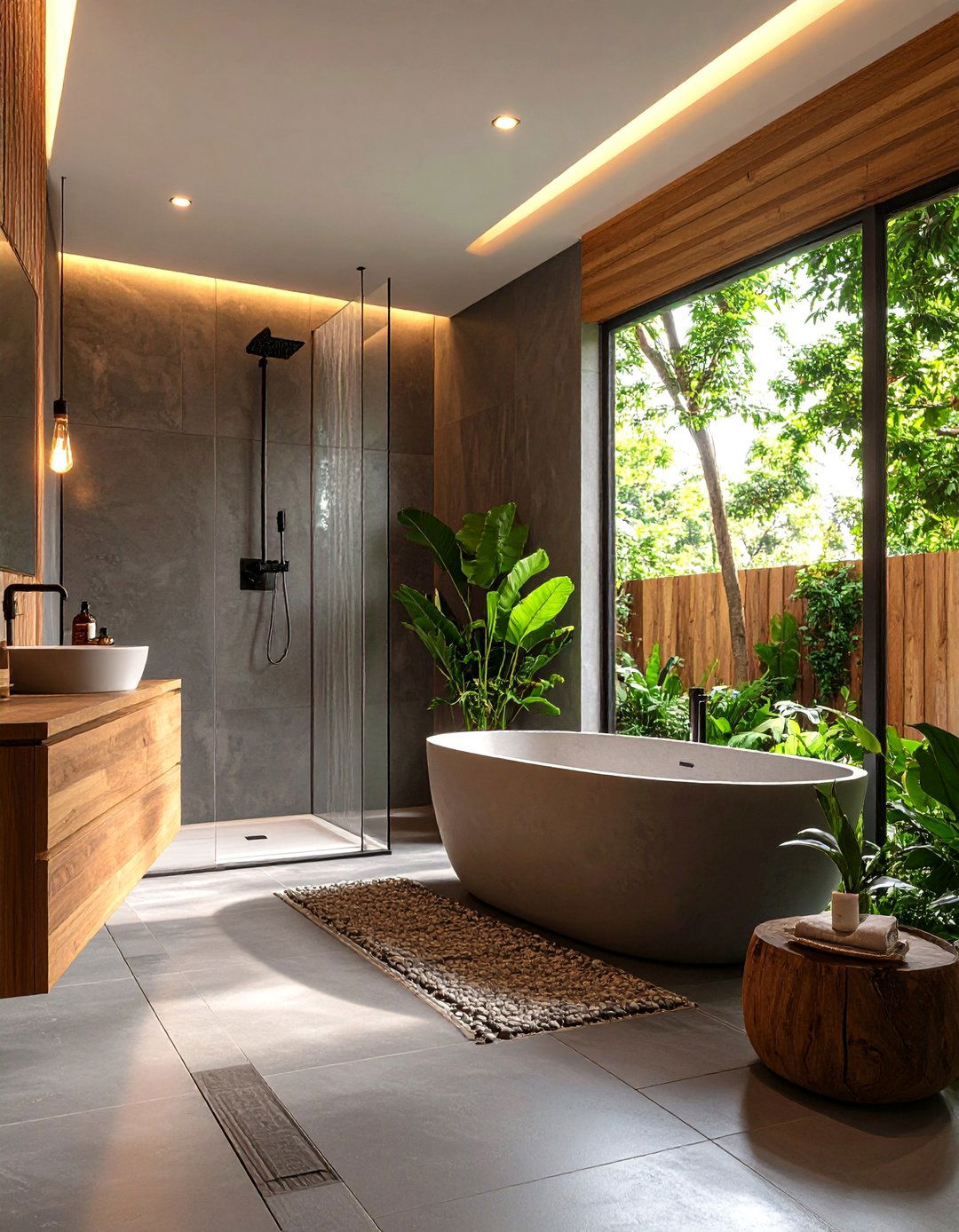
Unlike cramped shower-over-tub setups, a wet-room merges a walk-in shower and freestanding bathtub inside one tanked zone, creating a spa ambience while simplifying waterproofing. Recent design round-ups show curved micro-cement walls and linear drains keeping water contained without visual clutter. Position the bathtub farthest from the entry so splashes don’t greet guests, and use a fixed glass panel to shield towels from spray while preserving openness. Heated floors speed drying, preventing slip hazards. The continuous floor plane lets wheelchair users roll straight in, making a wet-room bathtub combo both inclusive and indulgent.
13. Built-In Bathtub with Concealed Storage Ledge
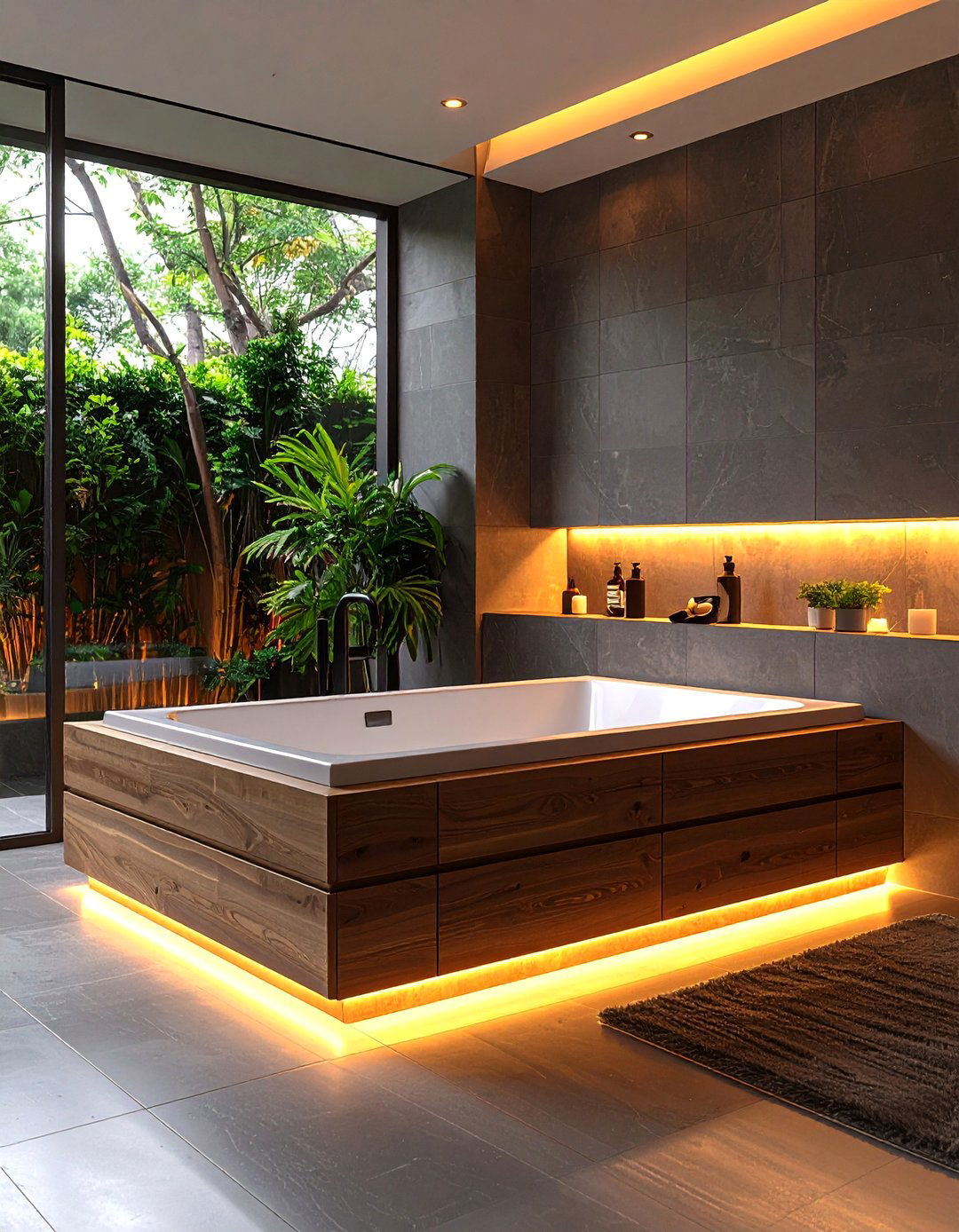
Clutter kills calm, so designers are specifying drop-in bathtubs wrapped by plinths or decks that hide recessed drawers and flip-up niches for salts, toys and cleaning gear. Integrated storage ranks high in upcoming bath priorities, especially for compact homes. Keep the deck no higher than 150 mm above rim height so stepping over remains easy, and line niches with waterproof LED strips for gentle glow. Finishing the ledge in the same large-format tile as the floor creates a monolithic look, helping the built-in bathtub feel carved from one block while secretly stashing life’s necessities.
14. Colour-Drenched Claw-Foot Bathtub Comeback

Retro claw-foot bathtubs are striding back—but in daring hues like forest green or blush rather than traditional white. Designers seeking “rooms with personality” champion painted exteriors paired with warm wood or checkerboard stone floors. Modern vitreous-enamel interiors maintain the tub’s heritage silhouette while improving heat retention over antiques. For authenticity, preserve the original cast-iron feet, repainting them in burnished brass or matte black to match taps. Position the tub slightly off-centre under a pendant for a casual, curated feel. A coloured claw-foot bathtub proves vintage doesn’t mean timid, merging nostalgia with trend-forward palettes.
15. Whirlpool Bathtub with Targeted Hydrotherapy Jets
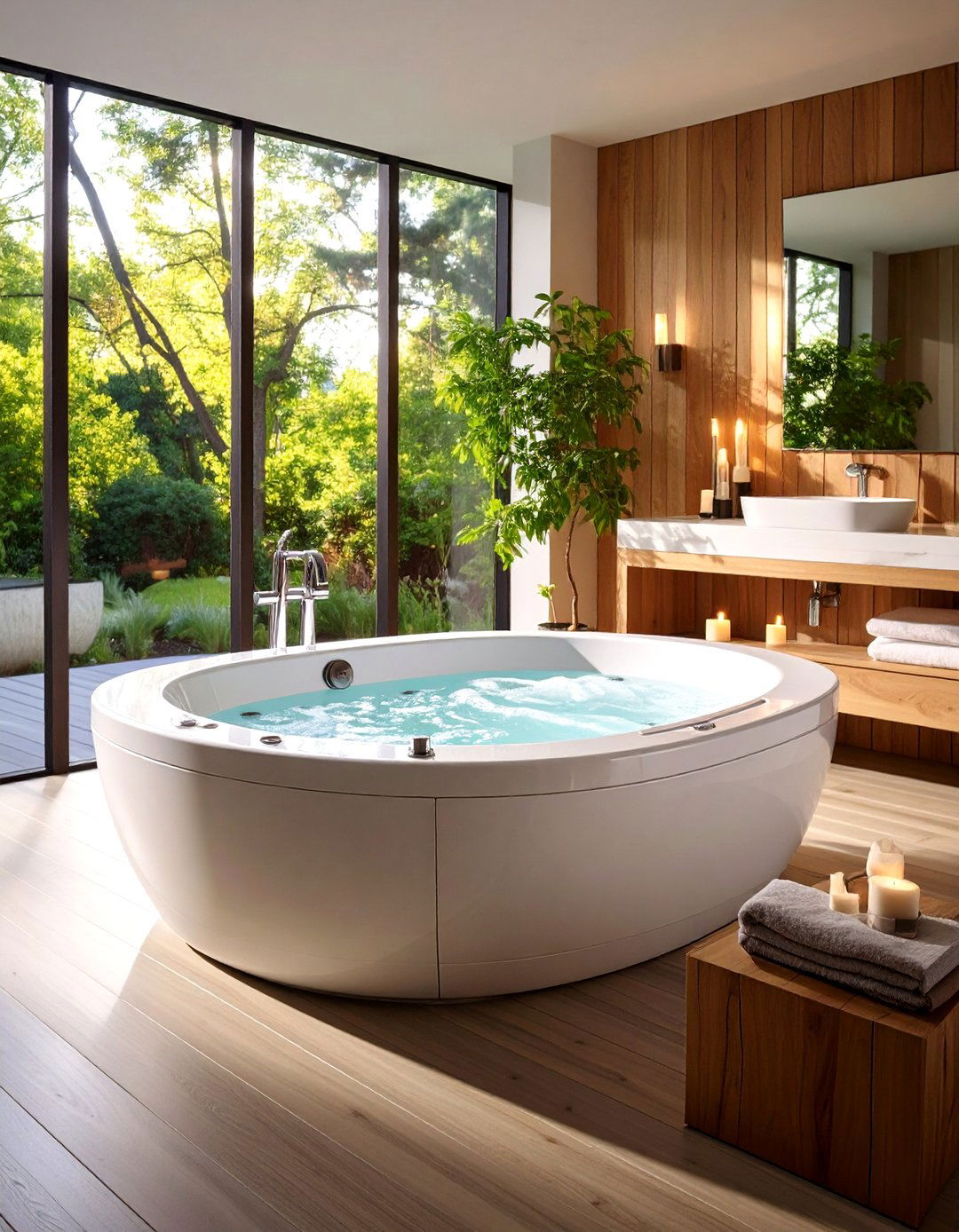
Hydrotherapy is no longer spa-exclusive; in-home whirlpool bathtubs now feature directional jets, inline heaters and even ozone purification. Health guides highlight pain relief, circulation boosts and faster muscle recovery for older adults and athletes alike. To maximise benefits, look for adjustable jet flow and seat contours that align with lumbar curves. Sound-insulated pumps keep noise down, preserving relaxation. Clean the system monthly with manufacturer-approved cleaners to avoid biofilm. If energy use worries you, models with variable-speed pumps and insulated shells minimise heat loss, making a hydrotherapy bathtub both therapeutic and efficient.
16. Black-and-White Contrast Bathtub Surround
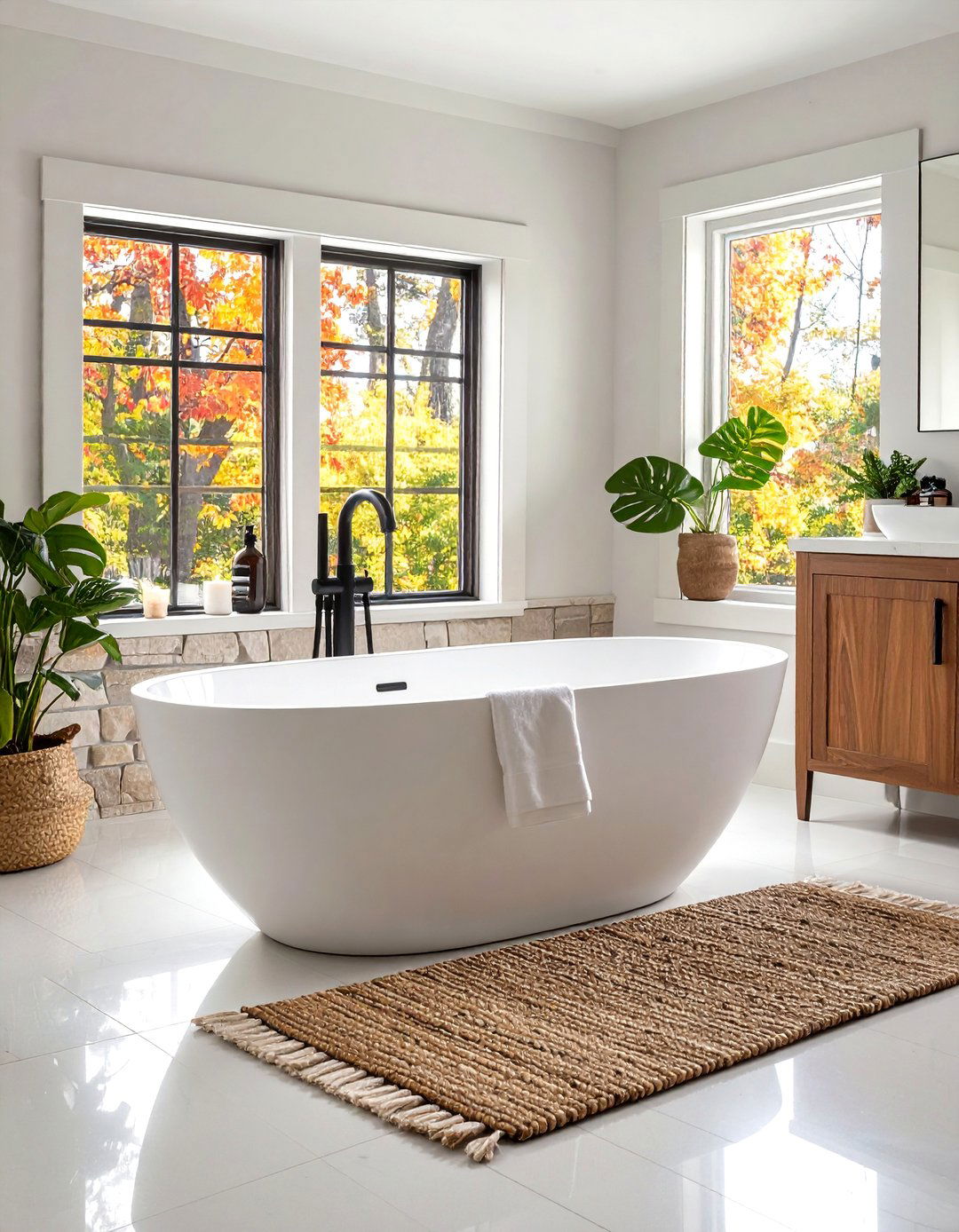
Monochrome never dates, and a white bathtub framed by matte-black hardware or vice versa makes a crisp focal point that complements most colour schemes. Recent palette guides spotlight dark fittings and lightly veined stone as key to tranquil yet graphic bathrooms. Keep grout lines slim and cabinetry handle-free to let the high-contrast tub area read clean, not busy. Introduce a soft element—such as a woven cotton rug—to warm the visual temperature. Because finishes clash intentionally, you can swap out towels or art seasonally without disrupting the timeless black-and-white bathtub vignette.
17. Skylight-Lit Bathtub for Natural Therapy
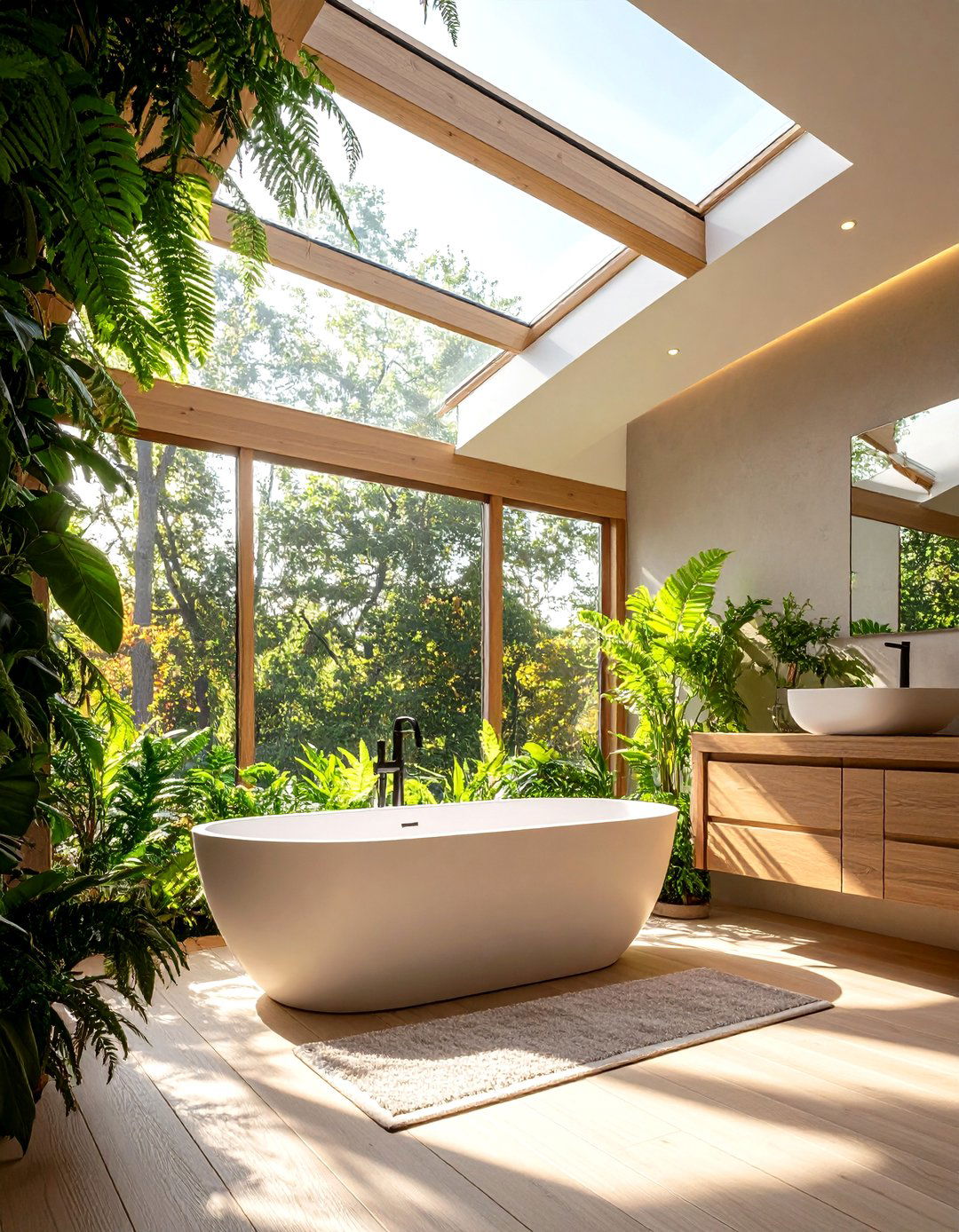
Natural light positively influences circadian rhythms, and biophilic design pushes bathtub placement beneath skylights or clerestory windows to harness that effect. Plant-rich bathrooms featuring daylight and water earn top trend status for 2025 wellness interiors. Ensure glass is frosted or angled for privacy, and specify solar-control glazing to prevent overheating. A narrow ledge below the window can host humidity-loving ferns that thrive on rising steam, further merging indoor and outdoor sensations. For evenings, install dimmable LEDs in the skylight well so the bathtub retains its dramatic halo after sunset.
18. Foldable Inflatable Bathtub for Renters

Urban dwellers without built-in tubs can still soak thanks to foldable PVC or inflatable bathtubs that pop up inside standard shower stalls. Marketplace listings show adult-sized models costing under modest budgets and collapsing to suitcase size for storage. Multi-layer insulation keeps water warm for 60 minutes, while integrated drains connect to existing outlets—no landlord permission needed. Always place a non-slip mat beneath and avoid overfilling to protect floors. While not a long-term substitute for porcelain, an inflatable bathtub provides an affordable, portable gateway to restorative baths in space-strapped flats.
19. Chromotherapy Bathtub for Mood Management
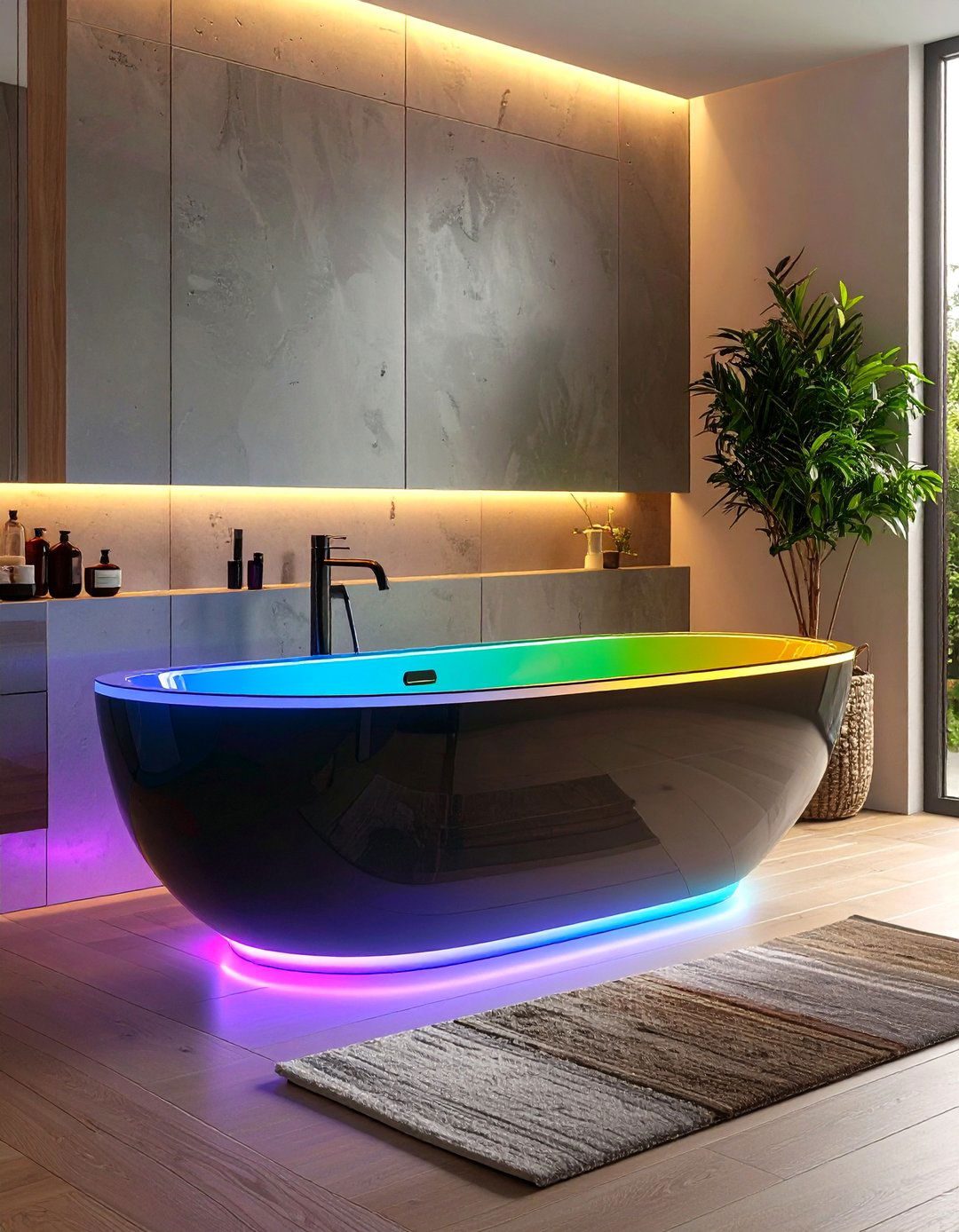
Colour therapy meets hydrotherapy in LED-rimmed bathtubs that cycle through calming blues or energising reds at the tap of a button. Wellness reports list app-linked tubs capable of integrating light, music and scent into preset “rituals” that start and stop automatically. Because LEDs sit behind translucent resin rims, they never touch water, safeguarding longevity. Opt for RGBW diodes for a fuller spectrum, and add a timer so lights fade gradually as you wind down. Pair your chromotherapy bathtub with neutral wall finishes; vivid hues shine brightest against a calm backdrop.
20. Plant-Lined Bathtub Ledge for Biophilic Calm

Bringing greenery to the rim of a bathtub instantly dissolves bathroom-versus-garden boundaries, a hallmark of biophilic design now sweeping 2025 remodels. Large humidity-loving plants, hanging pothos or a slim shelf of succulents cleanse air and soften hard tile lines around the tub. Choose planters with built-in saucers to catch splash, and rotate pots seasonally for balanced light. A pebble tray under the containers prevents water rings and echoes spa terrain. Keep foliage away from hot taps and ensure adequate ventilation after steamy baths. The living edge turns every bath into a micro-retreat, proving a humble plant-lined bathtub can rival high-tech upgrades for restoring peace.
Conclusion:
Across materials, technology and layout, these twenty bathtub ideas prove that indulgence and practicality can coexist. From space-saving Japanese soakers to statement-making terrazzo casts, each concept invites relaxation while addressing real-world constraints like footprint, safety or sustainability. Whether your next project leans toward smart voice-controlled luxury, a rustic copper patina or the quiet therapy of plants and daylight, the right bathtub choice will anchor daily rituals in comfort—and keep your bathroom on the pulse of 2025 wellness design.


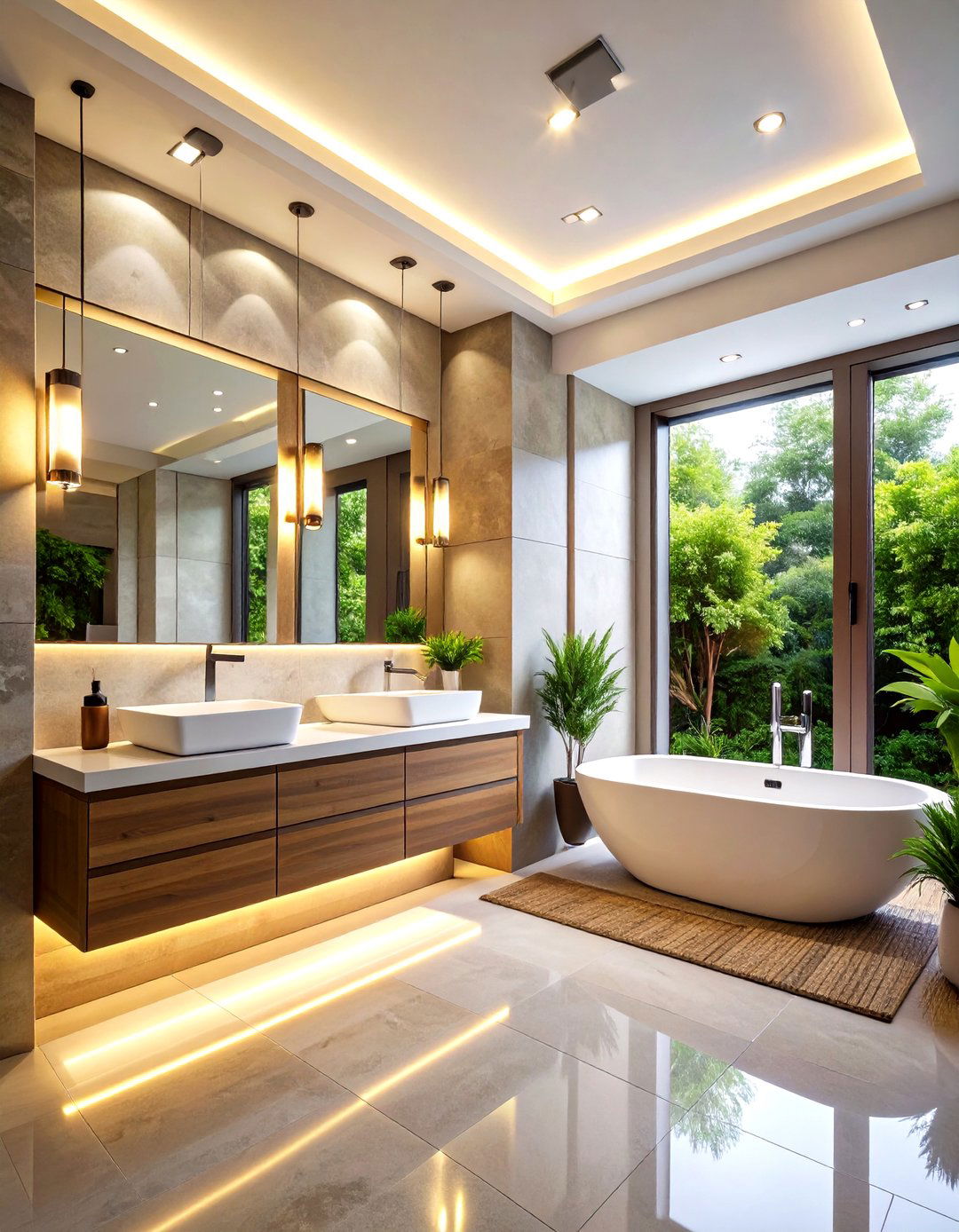
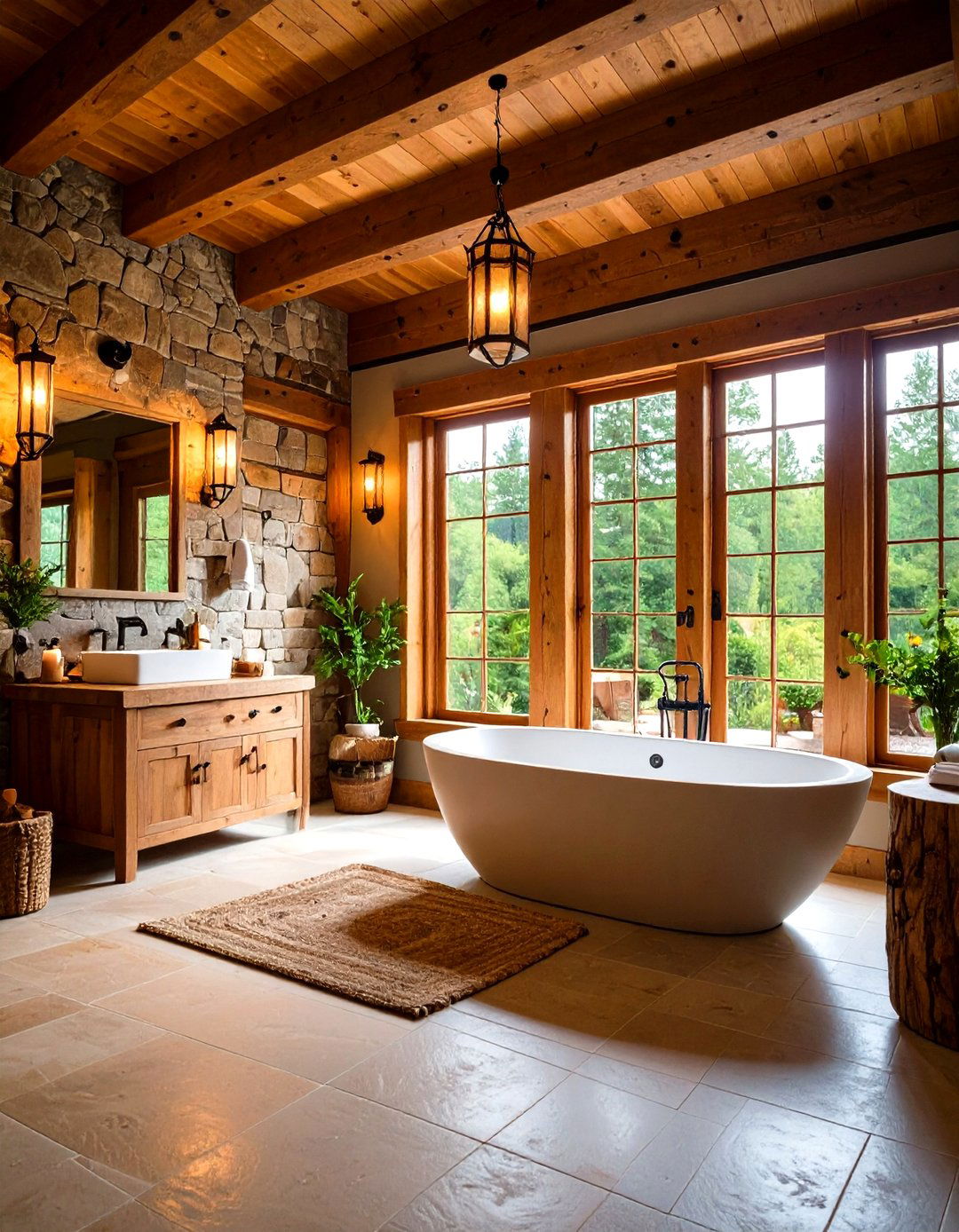
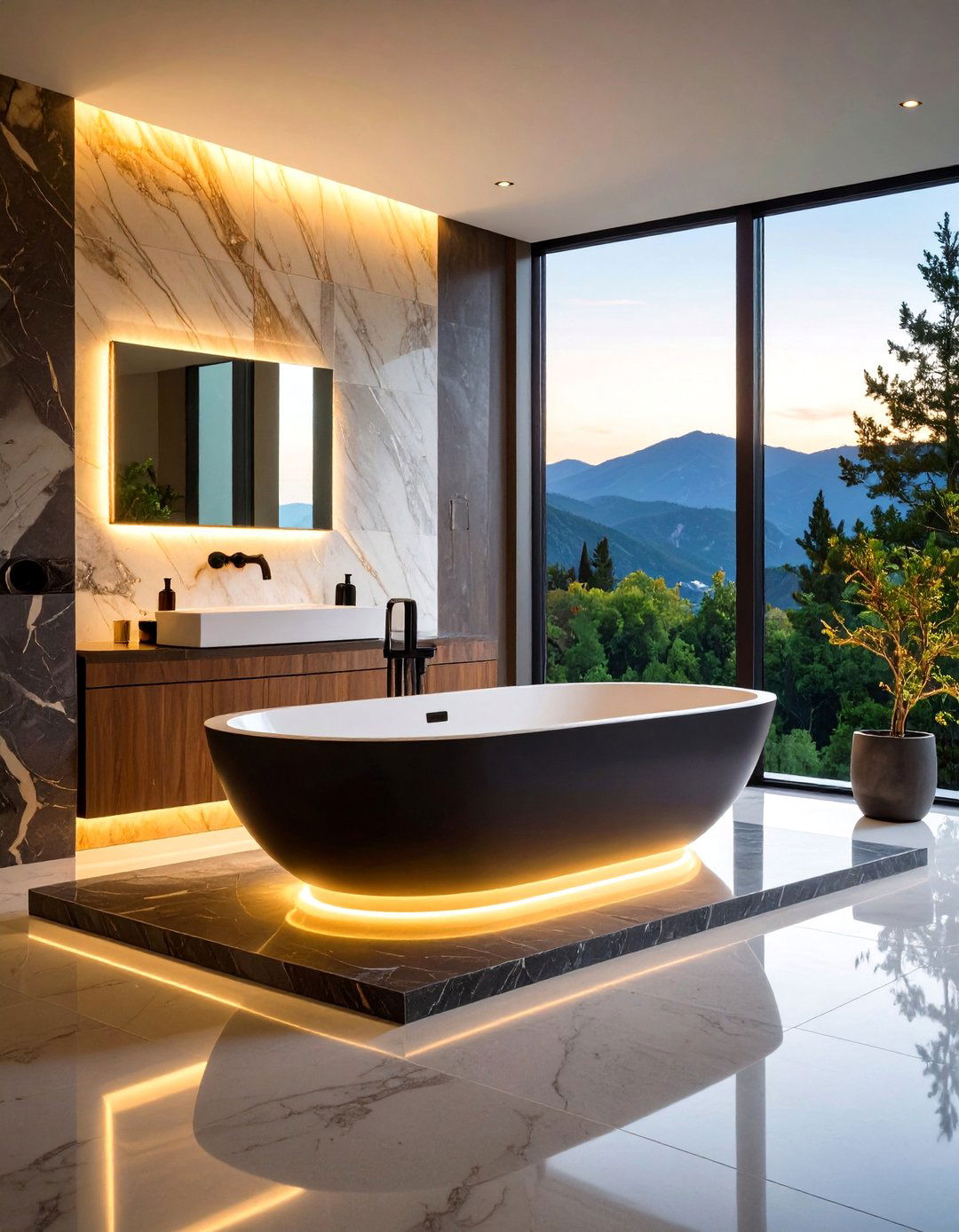
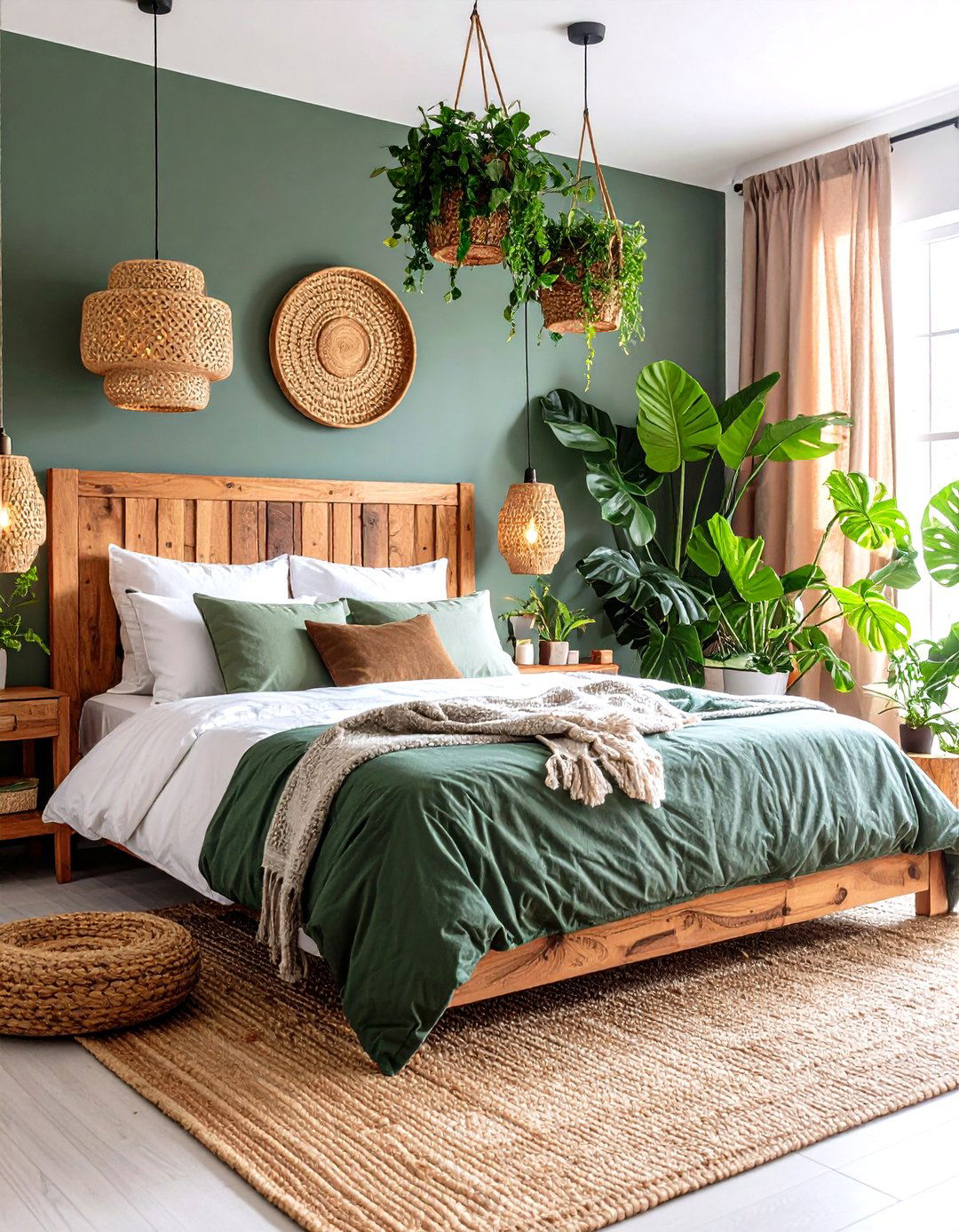
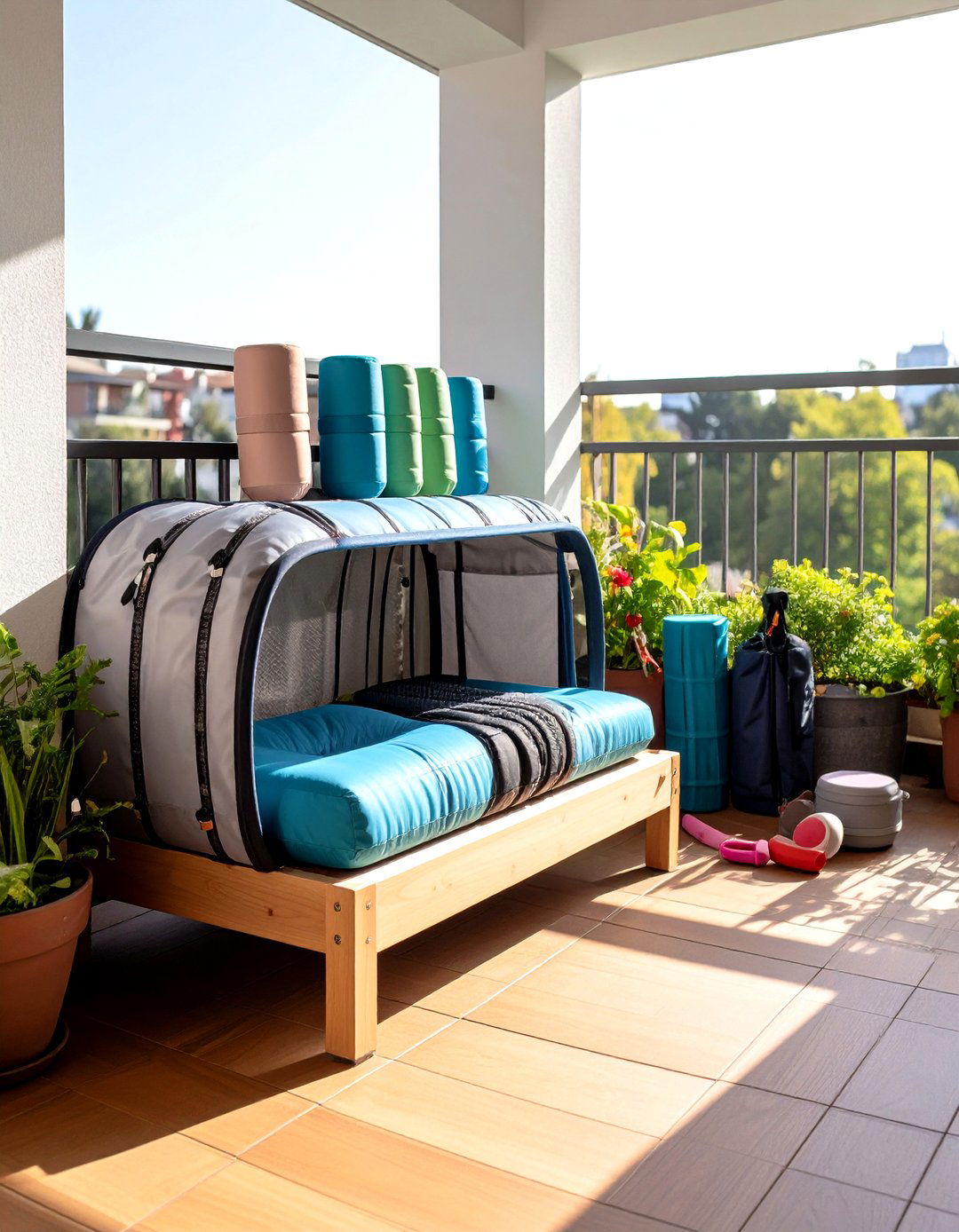
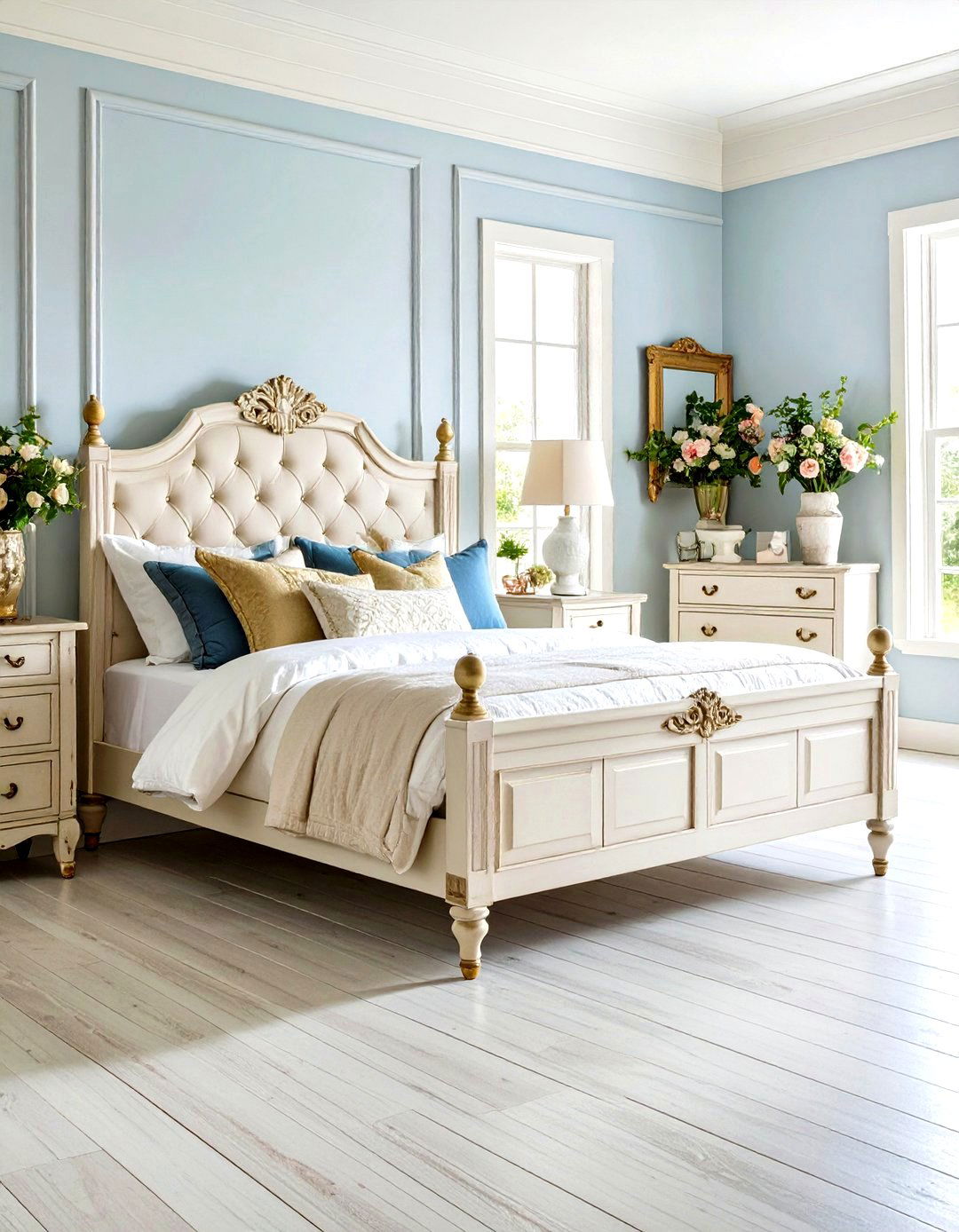
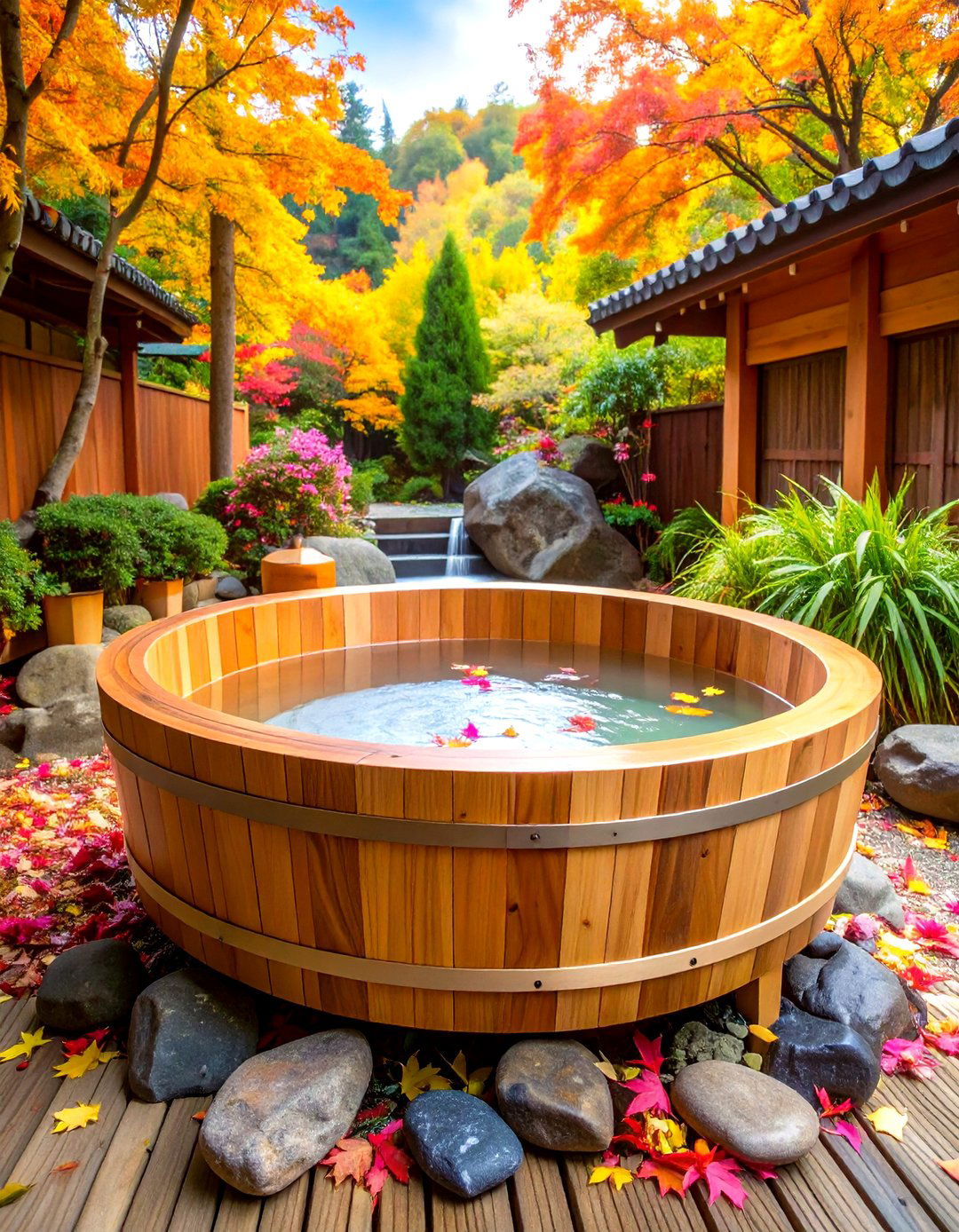


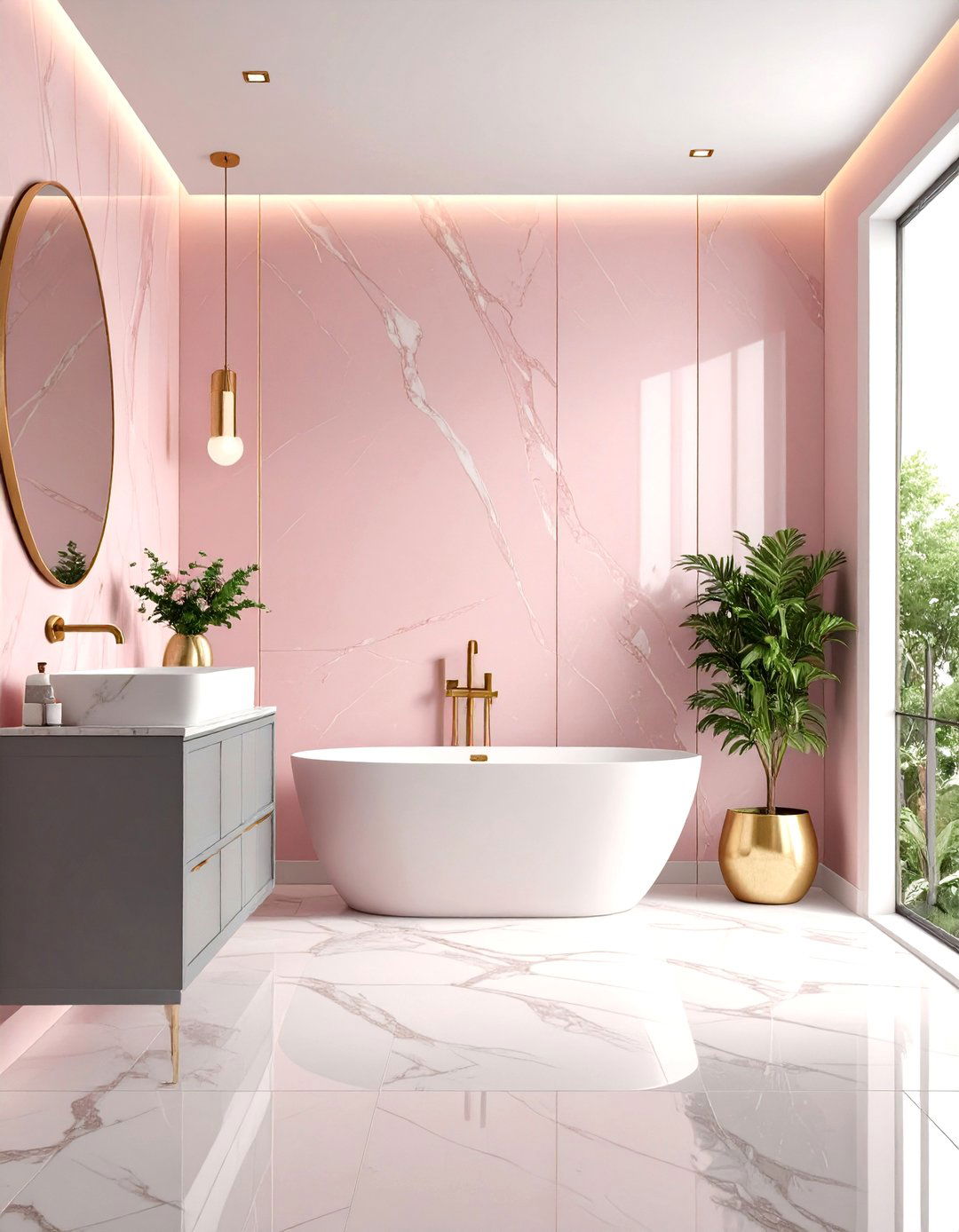
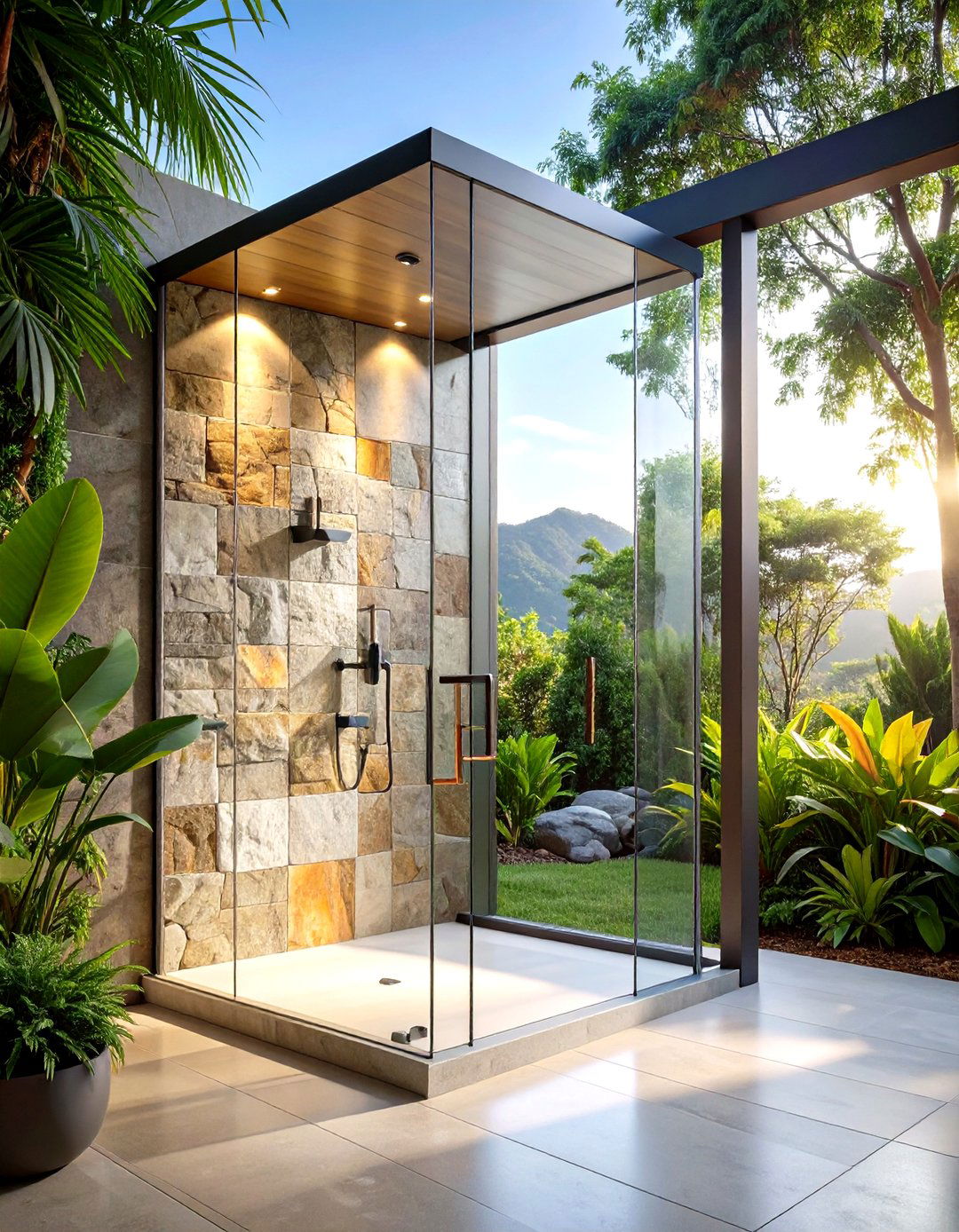

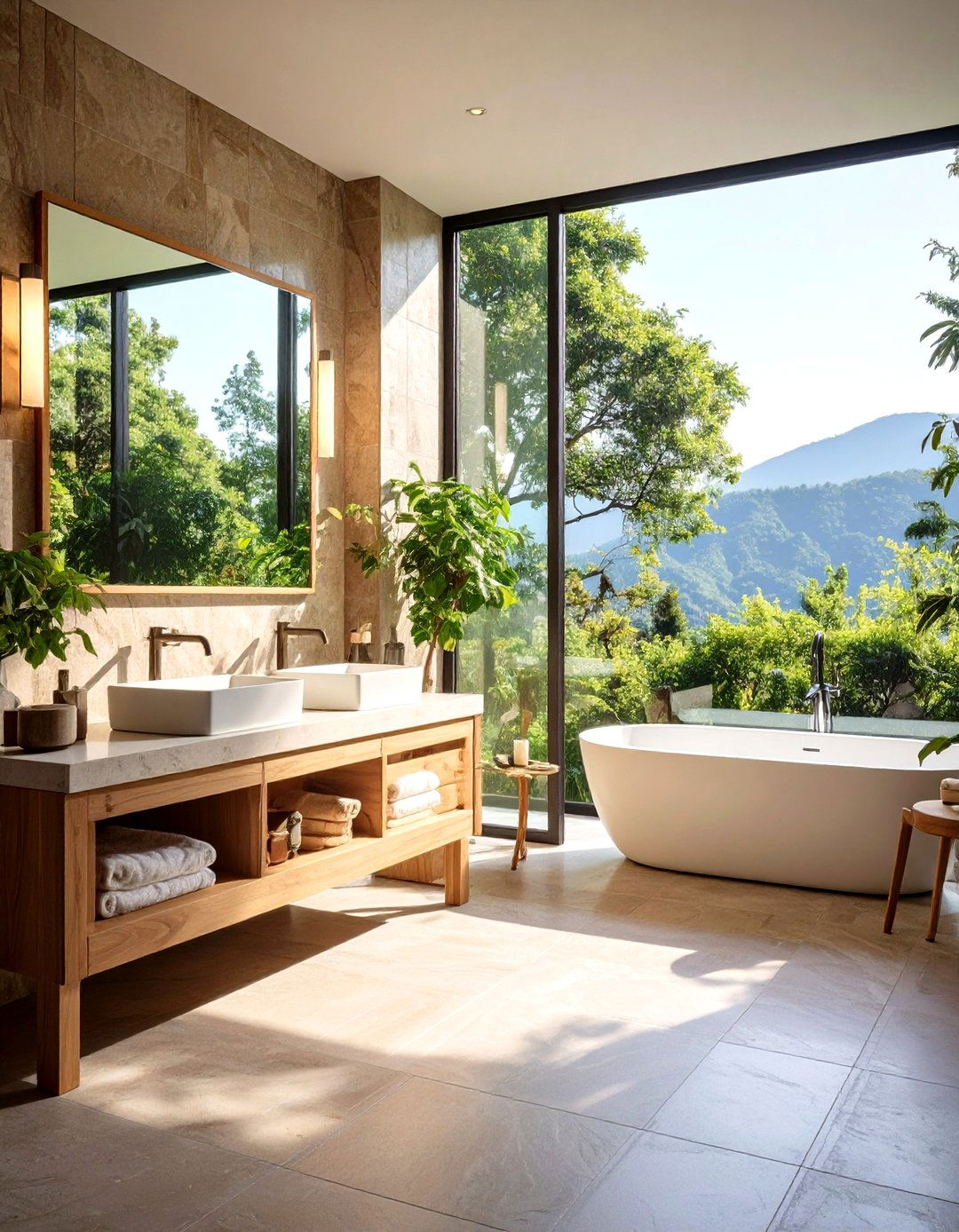

Leave a Reply